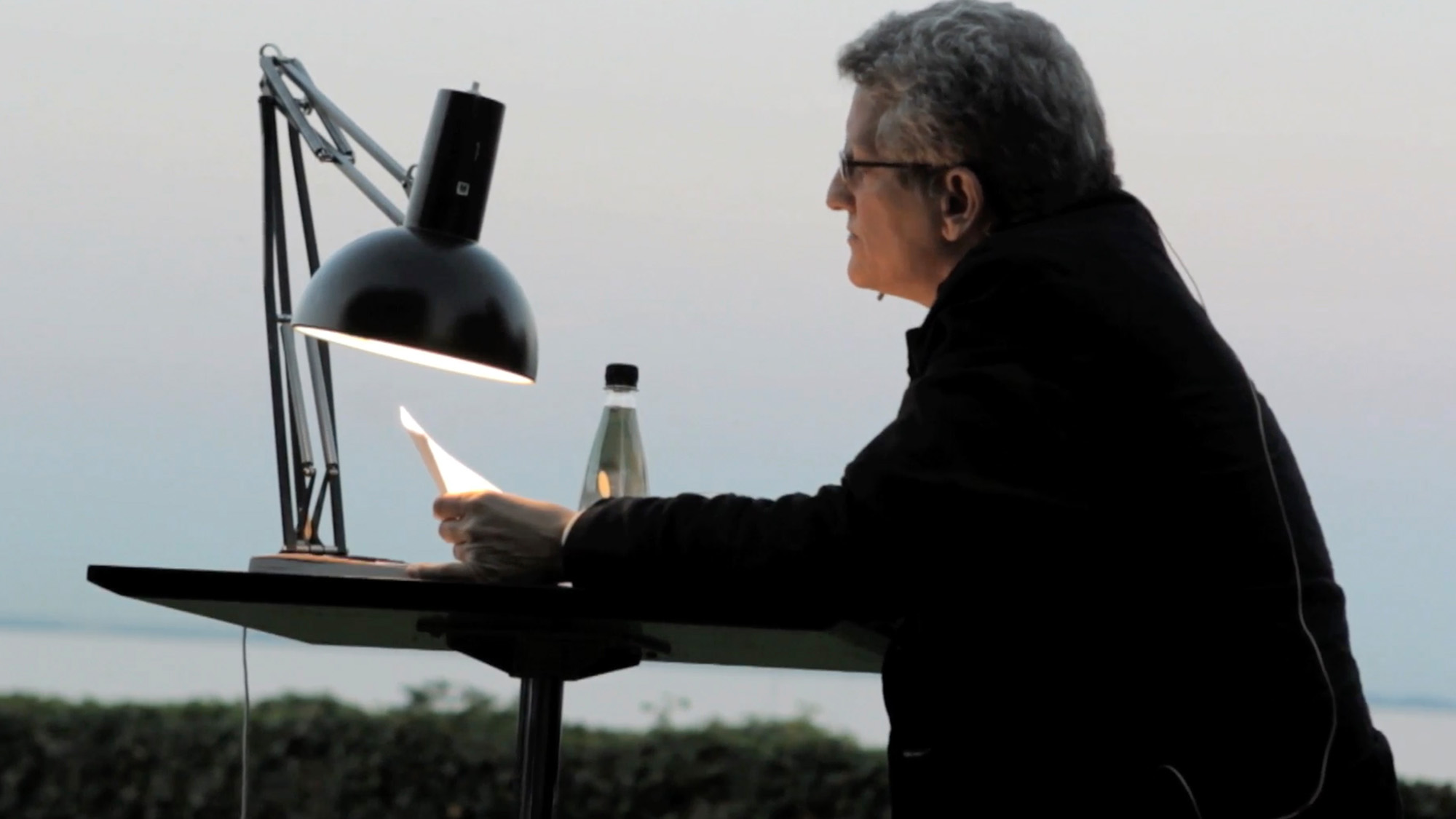
Call To A Crow - Appelle Un Corbeau
Artist's book produced with the support of the Jan Michalski Foundation
This leporello presents a collection of short poems by David Horvitz, written for the 1st edition of the Son Biennale. Each poem invites us to connect with nature. Phrases such as "Imagine the silence emanating from a vanished glacier" or "Call a raven until a raven calls you" offer readers a contemplative experience, bridging the natural and the poetic.
The book, with poems in English and French, was designed by Romain Iannone and published in cooperation with Edition Taube, Biennale Son and KaPa Books. Jean-Paul Felley and Jan Steinbach are the editors.
Untitled, 2023
Sound installation
Over the last few years, David Horvitz has created a number of musical instruments based on tubular bells, suspended from trees, buildings or held by participants. Each brass tube corresponds to a note. For La Criée, an art center in Rennes, the tubes, oxidized by rain, cider vinegar and seawater, were used to play the Breton lullaby Luskellerez Vor (Lullaby of the Sea).
And for the Berlin biennial Britzenale 4, in August 2023, 31 tubes recovered from scrap metal allowed us to hear the German lullaby Schlaf, Kindlein, schlaf under a red oak tree.
In Sion, in the west staircase of the power station, 30 meters of tubes are distributed like a giant harmonium.
Untitled, 2023
Texts
For the Son Biennale, David Horvitz has written a series of short poems that are invitations to connect with the environment. "Put your mouth against the bark of a tree and make your lips and voice vibrate in the tree through the roots and up to the sky", "Imagine the silence emanating from a vanished glacier" or "Call a raven until a raven calls you" are all suggestions inspired by the reality of the Alpine landscape.
These texts, in English and French, staged by Valaisan artist Romain Iannone, will be distributed on the Valaisan poster network, on the large outdoor panel of the Payot bookshop in Sion, where EDHEA regularly programs graphic and artistic proposals, and in the pages of Le Nouvelliste.
David Horvitz
Born in 1982 in Los Angeles
Lives in Los Angeles
David Horvitz studied at the University of California and Waseda University, Tokyo, before completing a Master's degree at Bard College, New York, in 2010. Inspired in particular by conceptual artists Bas Jan Ader and On Kawara, David Horvitz poetically explores our relationship with time, language and, more generally, exchanges, whether in traditional form or via the Internet. His work takes many forms, from writing and photography to performance, mail art and interaction with the digital, landscape and human environment.
The Follow Fluxus - After Fluxus 2020 grant he was awarded in Wiesbaden is a clear indication of his approach. The jury was convinced "by the complexity of his artistic practice and the critical spirit behind his strong, playful aesthetic language. His use of simple, everyday materials and means to achieve complex ideas is inspiring". He went on to say that David Horvitz "strives to occupy public spaces in a sensible, humorous and critical way, drawing attention to the challenges posed by current political and social events".
David Horvitz says that the ocean is his workshop. One of his recent pieces, for example, is an attempt to reconstruct its sounds using the English alphabet. The result is a kind of vocal score printed on posters and a flag(When the ocean sounds , 2020).
He can also send cuttings from his Californian garden to plant between the cobblestones in front of his Berlin gallery during containment. Or enclose Los Angeles air in a small glass vial, which is suspected of carrying viruses and clearly laden with carbon dioxide from the forest fires threatening the city. Air de LA is, of course, a tribute to Marcel Duchamp's Air de Paris.
Other artists
%20Michael%20McClanathan-02.webp)
John Giorno

Isabel Lewis

Micol Assaël
Other artists

Latai Taumoepeau

Roni Horn

---%C2%A9-Biennale-Son---photo-FINI-Stud.webp)






